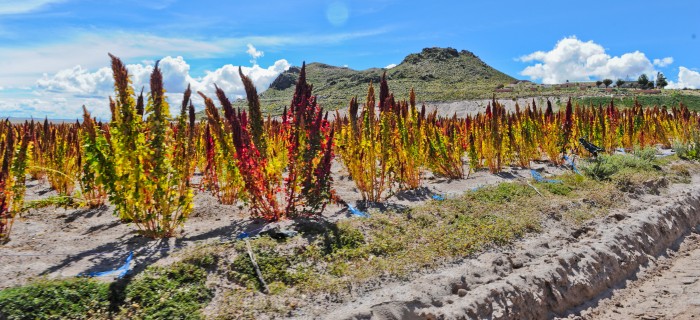Food Sovereignty and the Quinoa Boom in Bolivia
Food Sovereignty: A Critical Dialogue
September 14–15, 2013
Yale University
Abstract
Bolivia has made great strides towards incorporating food sovereignty into its legal framework and political discourse. Nonetheless, tensions remain between the discourse of food sovereignty and how it plays out on the ground—particularly in indigenous territories which have been historically marginalized within the state. This paper examines the history and contemporary development of a commercial quinoa sector in the southern altiplano of Bolivia. Risk management and dietary diversity in Andean food systems has always gone hand in hand with the ayllu system, based on reciprocity, communal resource management, and access to foods produced in various ecological zones. Various waves of colonial and post-colonial development either destroyed this system or condemned it to the most country’s most marginal lands such as the southern altiplano. This marginalization paradoxically served to maintain a degree of autonomy vis-à-vis the state.
In the 1980s, the convergence of mechanization, new migration patters, trade liberalization and community organization created export market opportunities for quinoa—a protein-rich grain produced in indigenous agro-pastoral systems in the southern altiplano. Increased income from quinoa in a region with few on-farm or off-farm income-earning opportunities has helped peasants stay on the land and spurred a “repeasantization” of the region. However, this has led to new challenges—namely, resource pressures and the erosion of communal land management and ayllu governance. As both a flagship product in the country’s development plan, and a crop produced by indigenous peasants, quinoa helps to illustrate the social, political and ecological contradictions inherent to food sovereignty discourse and practice in the country, and its development model more broadly.


 Help Food First to continue growing an informed, transformative, and flourishing food movement.
Help Food First to continue growing an informed, transformative, and flourishing food movement.




